UBC-Rogers Smart (5G) Campus Initiative:
A Digital Twin Approach to Emergency Room Department Solutions
IoT/Edge AI cloud-cellular hybrid solution to reduce ER wait times, prioritize care, and reconfigure staffing and operational costs
System Architecture using open-source tools
System Architecture using open-source tools

System Architecture in Azure

Details to be added later on...
These projects are a part of 3 hackathons focused on addressing current global issues facing healthtech and medical staff in North America and the EU.
Issues include long emergency room wait times, overworked medical staff, understaffed medical facilities with overburdened staff, and stressful working conditions for first responders and medical staff:
Very long wait times in emergency rooms
Understaffed medical facilities
- High shortage in medical staff
Overburdened staff
- Overtasked staff, in understaffed environments
Stressful working conditions for first responders and medical staff
- Exceptional high levels of stressful conditions, compared to the majority of other work environments/fields
- Limited access to no avenues to reduce stress, especially in understaffed facilities
Awards for the hackathons:
• Microsoft: Discover AI (Toronto Canada):
Among the top 25 teams in Canada.
• WhatTheHack (Leuven, Belgium):
Winners of the healthtech competition
Winners of the audience award
Winners of the Lions Den (competition among the winners of all the hackathon's categories)
• Lumohacks (Vancouver, Canada):
2nd place
Winner of the hardware competition.
• Finalist- The Medical Device Development Centre 2019 Student Awards 2019 (Vancouver, Canada)
* Hackathon is a 24hrs event where teams design solutions and work towards building them, within the 24hrs time-limit
Acknowledgements:
I'd like to thank Dr. Wajid Khan for his insightful contributions on these projects, and all medical related projects. As a medical doctor and researcher, Dr. Khan's knowledge on some of the current and upcoming challenges in healthtech, as well as proposed potential solutions, helps me evaluate the technical feasibilities to develop prototypes and solutions. Despite his busy schedule, he's always eager to help out on solutions that would benefit patients.
Stress detection and analytics:
Hardware wearable that measures a number of parameters, and connects to a custom database.
A smartphone app which allows users to monitor their own stress levels throughout the day/shift, and compares it to users' historic stress data.
Data from both systems is anonymized and uploaded to a database to monitor teams' overall stress levels.
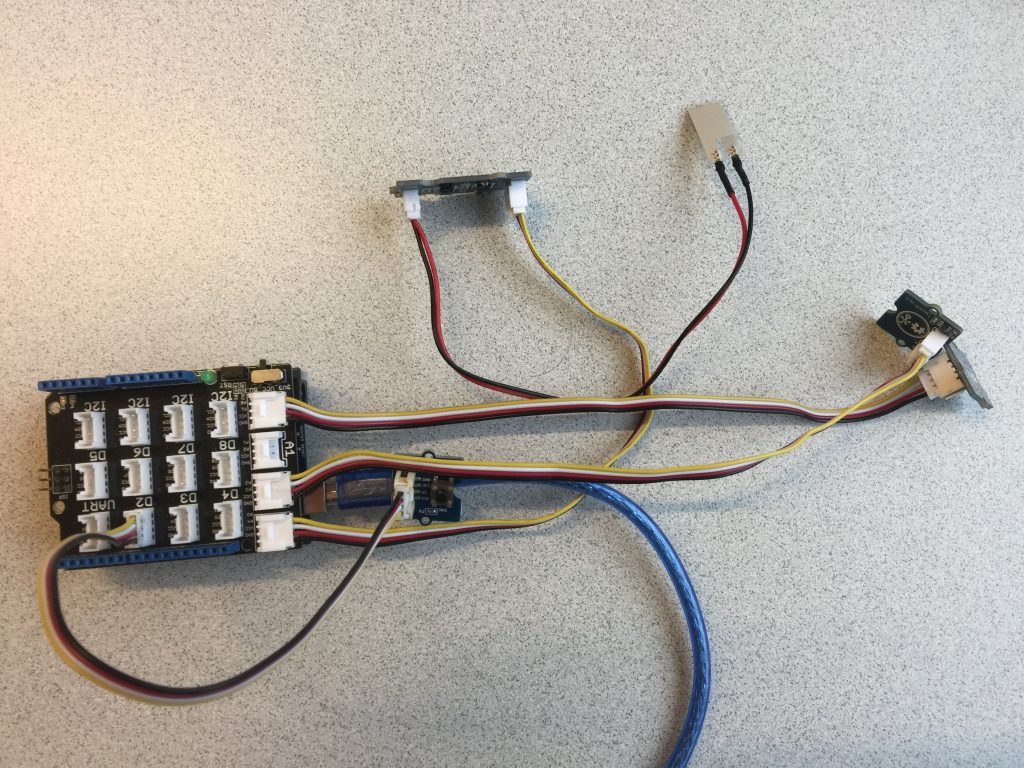
Hardware used: microcontroller with a number of sensors including a stress button counter, where users click the button to count the number of very stressful interactions during their shift.
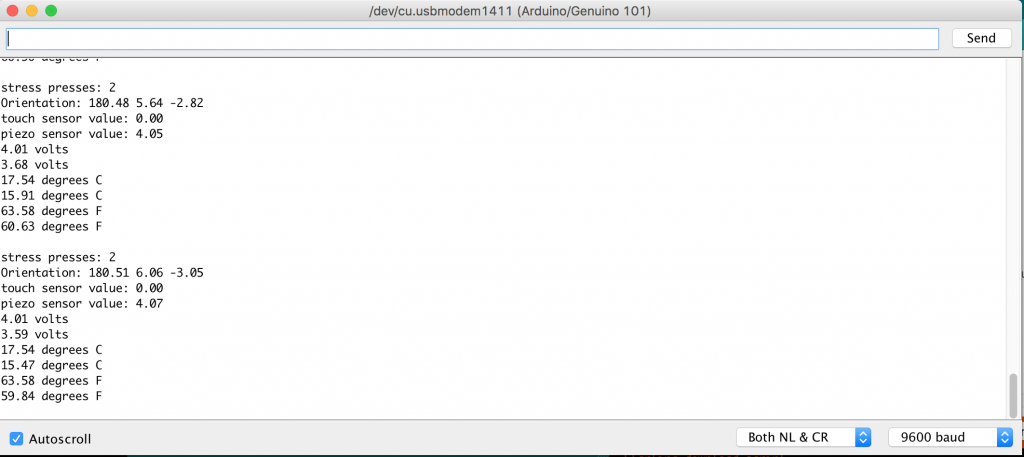
Testing the hardware.

Hardware data gets uploaded to a custom-built database

App we built to monitor stress levels.
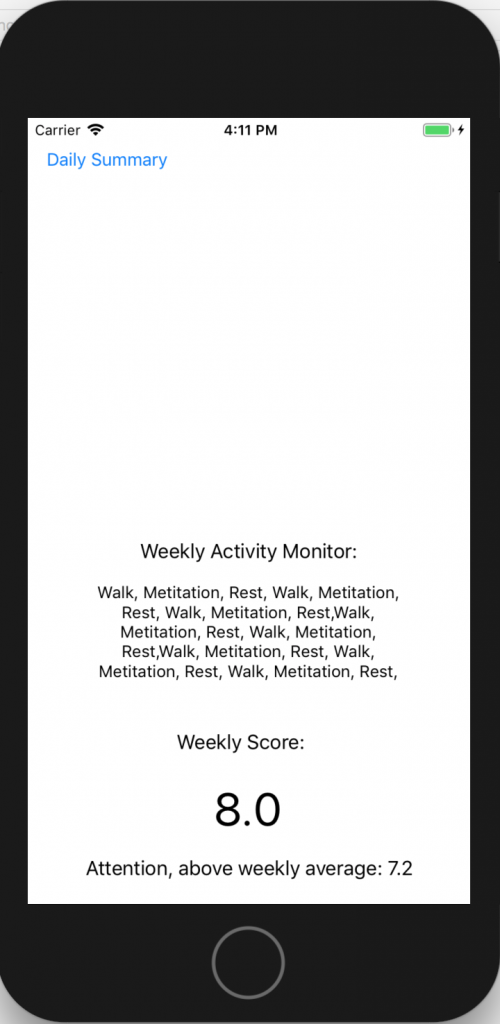
The app provides users with the analytics to compare their stress levels with historic data, as well as provides user-input avenues/recommendations to lower stress levels.
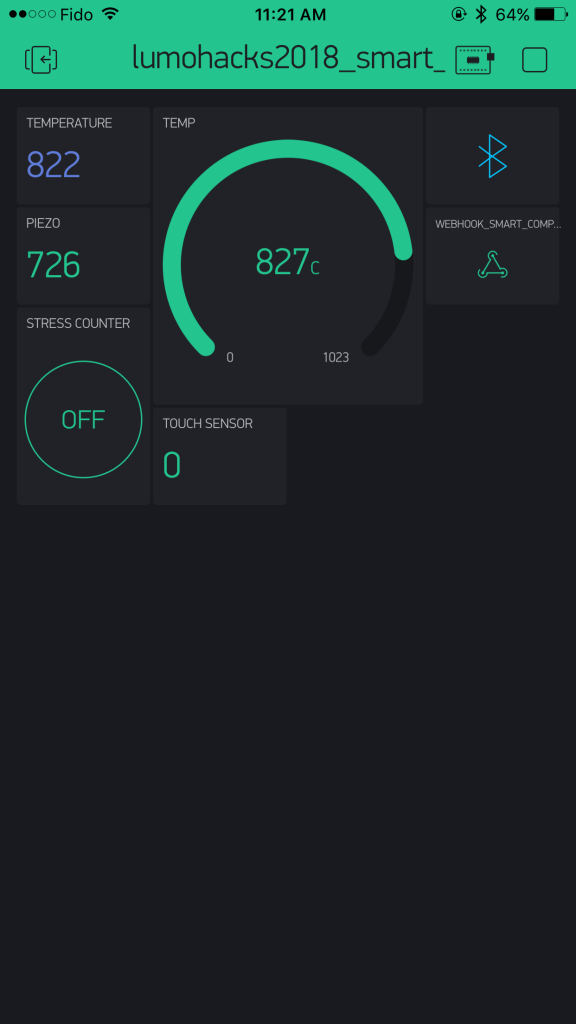
Hardware is connected to Blynk app to visualize and upload the data to a database.
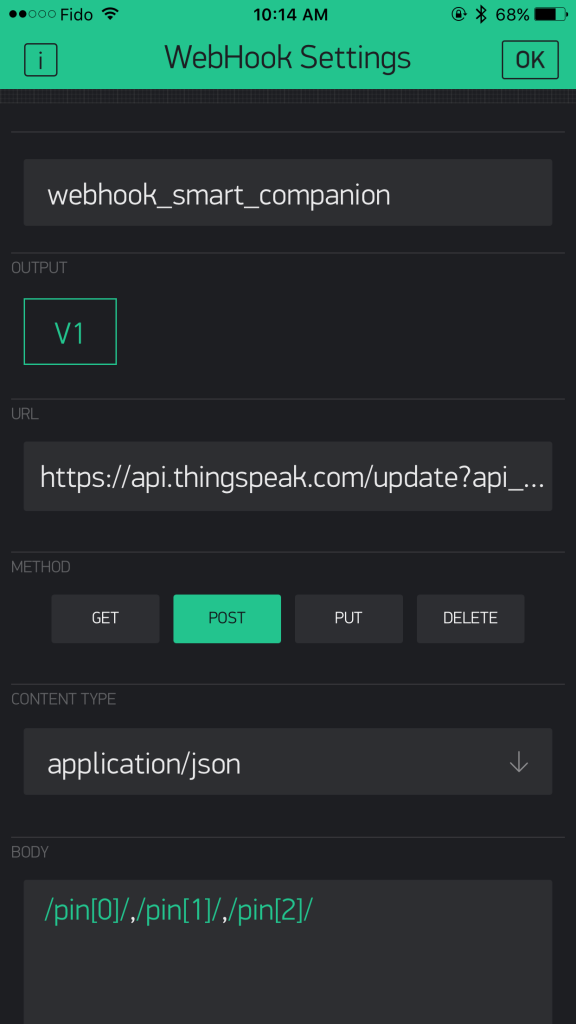
A webhook is used to connect the hardware to the database.
Demonstration
Project: Prioritize patient incidents during admission into ER/ Prioritize patient tasks based on urgency of request:
Hardware that patients wear during ER wait to measure a number of parameters, such as heartbeat,
temperature, skin moisture.
A smartphone app which prioritizes requests based on urgency. Example: patient falling out of their bed is more
urgent that patient request for water.
Data from systems logs tasks and sends them to the nursing station. This way, nurses wouldn't have to check in-
person for every single patient request, and similar tasks, such as fetching water for patients, get bundled
together to reduce the number of trips nurses have to make to patients' rooms.

Hardware used: microcontroller with a number of sensors, including an improvised heart beat and galvanic skin resistance sensors. The wearable device can be changed to measure other essential tests such as blood pressure and ECG.

Sensors read- out. An optical heart rate sensor can be achieved using infrared light by placing one’s finger between the IR led and the light transistor of an led module connected to a microcontroller (Arduino board in this case) sensor. The heartbeat dilates the blood vessels in the finger, and the generated pulsating signal waves after IR filtering can be used to estimate changes in the finger’s blood vessel volume.

The app built uses Microsoft Azure voice speech to text recognition, and is combined with the hardware.
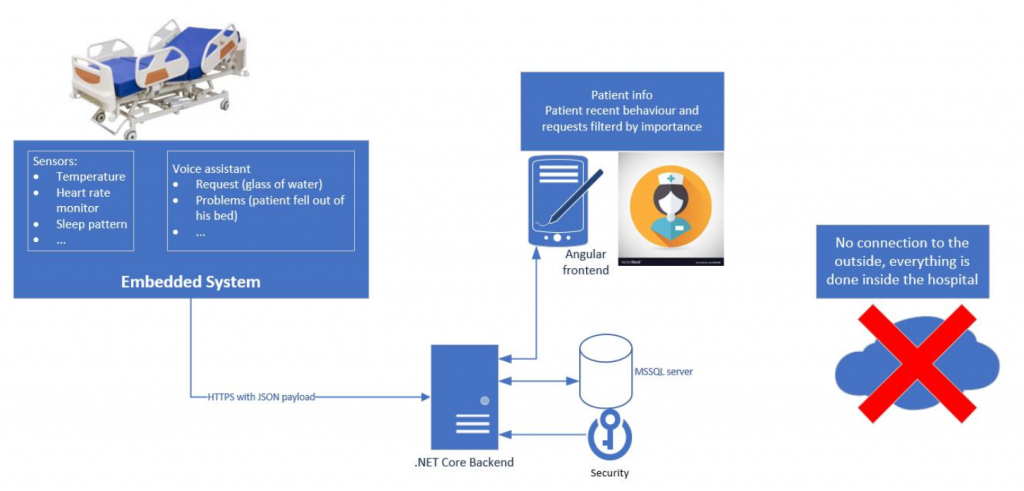
Overview of the connected system

Data and tasks get logged into a (visualization) platform available for medical staff
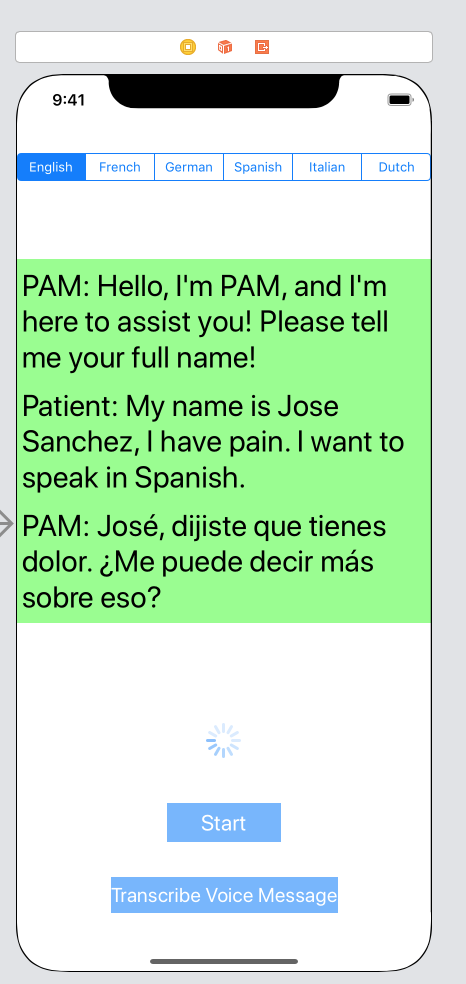
The app built uses Microsoft Azure voice speech to text recognition. Several languages were integrated in the app to communicate with patients using the language they are comfortable with.
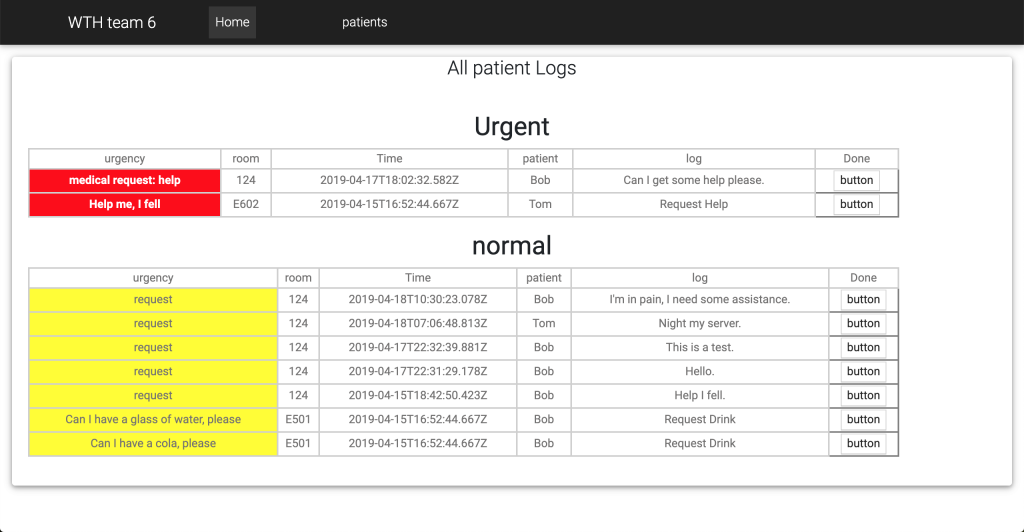
Tasks are automatically prioritized and organized based on urgency.
